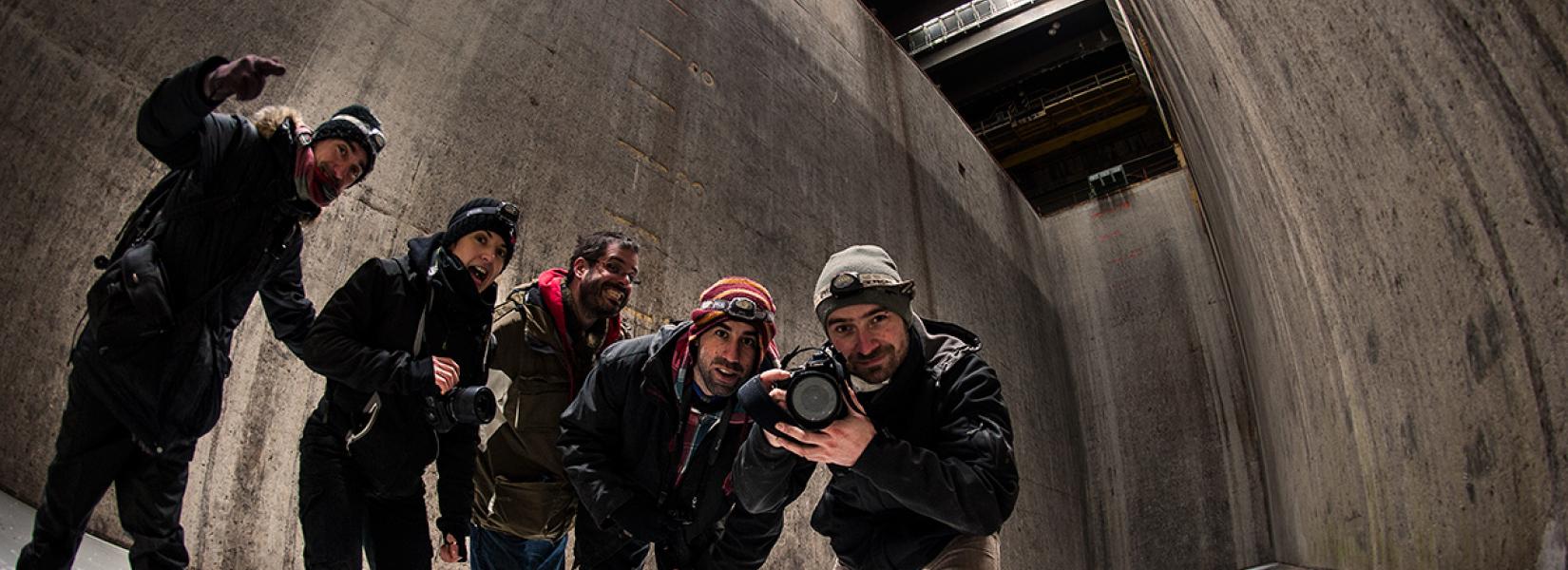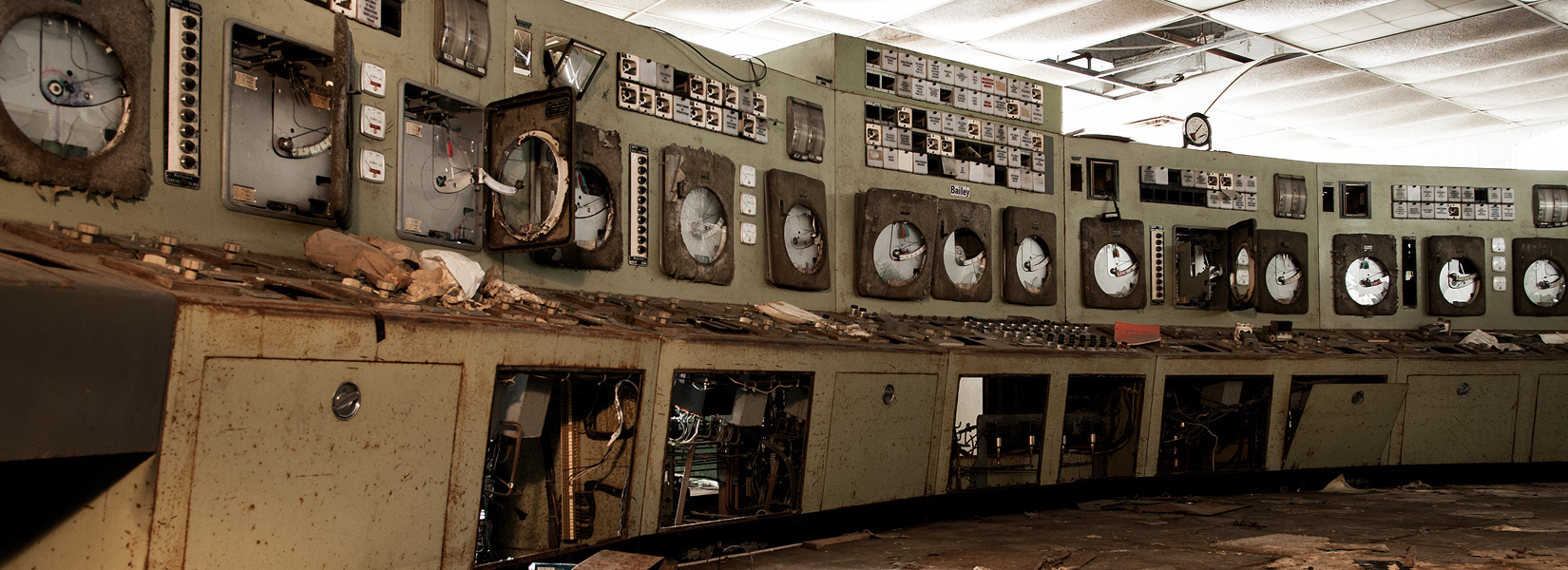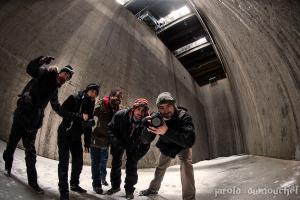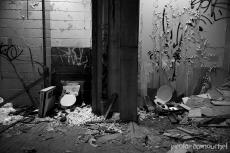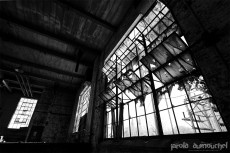The plant itself is definitively not as great at we saw in other places. Located in the heart of Pointe-Saint-Charles neighborhood of Montreal, this two storey building has no longer the cachet of its heyday. While neighboring buildings are...
The former incinerator des Carrières in Montreal
A pollution plant in the middle of the city
Abandoned since December 1993, the former incinerator des Carrières, known as the incinerator # 3 is now partly used as a warehouse by the City of Montreal. It is also one of the few places where there have power in a portion of the building.
Closed as a result of too high concentrations of dioxins and furans, the history of the incinerator des Carrières begins in 1929 when the city start to build an incinerator near the current building. With its incineration capacity of 300 tons per day, he allowed the city to close the small domestic incinerators, obsolete and dangerous dumps, which took more space and which came from terrible odors.
Despite all this and, not surprisingly, the site is responsible for the deterioration of the air quality in the area. It was therefore decided to build right next to the old incinerator a brand new incinerator: the # 3. Presented in 70s as the most modern incinerator in Canada and even in the United States, the facilities were equipped with systems for heat recovery and pollution control measures. Over the years, it was discovered that, despite its many innovations, the incinerator proved extremely damaging to the health of people living around. Following this, the site was definitively closed in late 1993.
In 2010, an evaluation to demolish the facilities and clean up the soil was estimated at $ 15 million, which resulted in a status quo of the city, refusing to pay such an amount for its demolition.
Despite its closure over twenty years ago, we must admit that the site is still in good shape. Or course, there is three feet of water in the basement, ice here and there and vandalism that has been done over the years, but nevertheless its structure is still ok.
Related content
This is the story of the saw manufacturing industry where methods have not changed for decades. The result is this building that has certainly been enlarged over the years, but the interior has retained its old-fashioned charm. You should know...
It's over 92 years of industrial history that ended in 2004 when the Spexel factory was closed down. The story of this plant start in 1912 when is built the paper mill, which took the name of Howard Smith Paper Mill. Over the following years, the...
The advantage of a 4 hours ride to visit an abandoned sawmill is that we increase our chances of finding an intact place without the slightest trace of vandalism. Or at least, very little.
All along the road, the fear of finding a...

